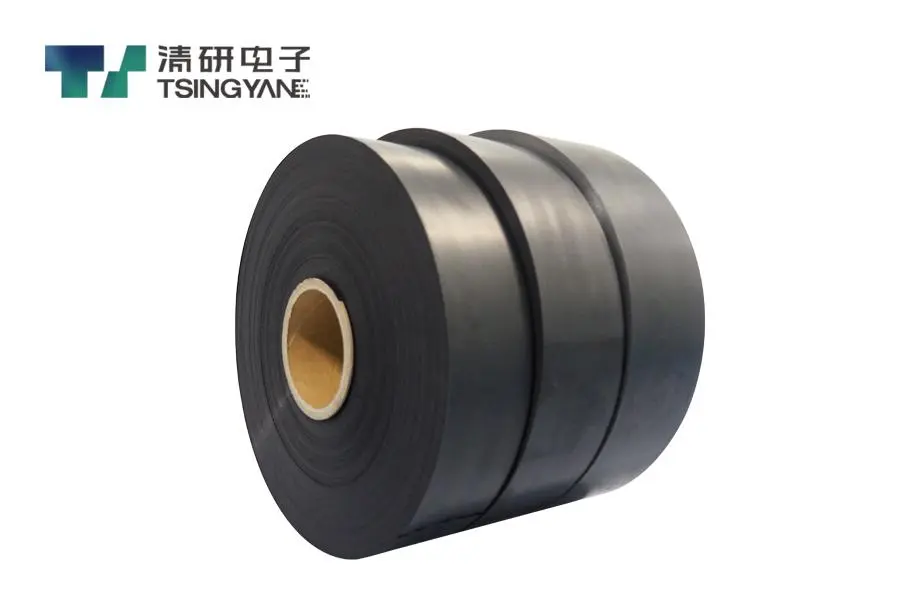The battery industry is undergoing a transformation, with dry electrode coating emerging as a revolutionary technology that outperforms traditional wet slurry methods. By eliminating toxic solvents and reducing energy consumption, dry electrode manufacturing promises greener and more efficient battery production. However, achieving consistent, high-quality electrodes requires sophisticated process testing to address challenges like uneven material distribution and adhesion issues. In this blog, we explore cutting-edge strategies for testing dry electrode processes, empowering manufacturers to enhance efficiency, minimize defects, and optimize battery performance for electric vehicles and renewable energy storage.
Dry electrode manufacturing offers significant environmental and efficiency benefits by eliminating solvents, but it introduces unique challenges. Issues such as uneven material distribution, poor adhesion strength, and electrode cracking can compromise battery performance, leading to reduced energy density or shortened cycle life. Robust process testing is essential to ensure consistent electrode thickness and density, optimize adhesion and flexibility, reduce defects like cracks or delamination, and enable scalability for mass production. By addressing these challenges early, manufacturers can produce reliable, high-performance batteries that meet the demands of modern applications.

To overcome the complexities of dry electrode manufacturing, innovative testing techniques are being developed to ensure quality and performance at every stage of production.
Variations in electrode thickness can significantly impact battery energy density and safety. To address this, advanced monitoring solutions are employed during production. Laser-based micrometers provide precise, real-time measurements of electrode thickness, enabling immediate detection of inconsistencies. Infrared (IR) sensors offer non-contact anomaly detection, ensuring minimal disruption to the production line. Additionally, AI-driven systems analyze data from these sensors to automatically adjust coating parameters, ensuring uniform thickness and reducing waste.
Poor adhesion between the active material and the current collector can lead to delamination, shortening battery cycle life. To tackle this, 90° peel testing measures the force required to separate the active material from the foil, providing insights into adhesion strength. Bend and flex testing simulates mechanical stress during cell assembly, ensuring electrodes remain intact under real-world conditions. High-speed microscopy complements these methods by identifying micro-cracks that could lead to failure, allowing manufacturers to refine processes before defects escalate.
Manual inspection is too slow and error-prone to keep up with the demands of large-scale dry electrode production. Computer vision AI systems are trained to detect cracks, voids, and contamination on electrode surfaces with high accuracy, improving quality control. X-ray imaging goes further by revealing internal defects in thicker electrodes, which are common in dry coating processes. Automated sorting systems integrate these technologies to flag defective electrodes early, streamlining production and reducing costly rework.
Testing electrode performance before assembling full battery cells saves time and resources. Half-cell testing evaluates critical metrics like capacity and cycling stability, ensuring electrodes meet performance standards. Impedance spectroscopy measures ion diffusion efficiency, providing insights into the electrode's electrochemical behavior. Fast-charge testing simulates real-world conditions to assess degradation risks, helping manufacturers optimize electrodes for demanding applications like electric vehicles.
The future of dry electrode process testing is poised for exciting advancements that will further enhance efficiency and quality. Self-healing electrodes, monitored by AI, could automatically address minor defects during production, reducing waste. Digital twins—virtual simulations of the manufacturing process—enable manufacturers to test and optimize production parameters before physical trials, saving time and resources. Automated robotic testing systems are also emerging, offering unmatched speed and precision in quality control. These innovations promise to make dry electrode manufacturing more reliable and scalable, paving the way for widespread adoption.
Dry electrode coating is transforming the battery industry, but its success hinges on rigorous process testing to ensure quality and performance. From real-time thickness monitoring to AI-powered defect detection and electrochemical validation, innovative testing techniques are addressing the unique challenges of dry electrode manufacturing. As emerging trends like self-healing electrodes and digital twins gain traction, the industry is moving toward a future where high-performance, sustainable batteries are produced with unprecedented efficiency. By embracing these cutting-edge approaches, manufacturers can unlock the full potential of dry electrode technology, driving the next generation of energy storage solutions.